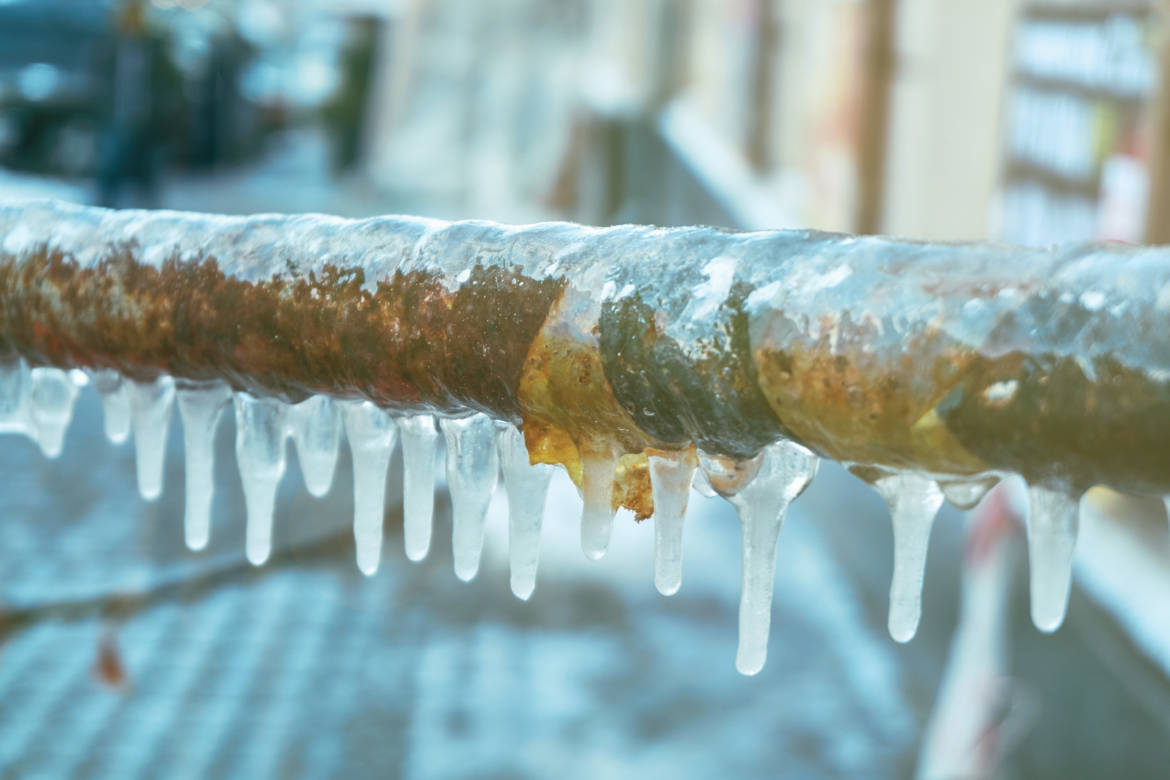How to Safeguard Pipes from Cold Weather: Expert Guidance
How to Safeguard Pipes from Cold Weather: Expert Guidance
Blog Article
Are you currently in search of info around How to Prevent Your Pipes From Freezing?

Cold weather can damage your plumbing, especially by freezing pipes. Right here's exactly how to prevent it from taking place and what to do if it does.
Introduction
As temperature levels drop, the threat of icy pipes boosts, possibly bring about costly repair services and water damage. Recognizing how to stop frozen pipelines is vital for home owners in cold environments.
Comprehending Icy Pipelines
What creates pipelines to ice up?
Pipes freeze when subjected to temperature levels listed below 32 ° F (0 ° C) for expanded periods. As water inside the pipelines ices up, it broadens, putting pressure on the pipe walls and possibly triggering them to break.
Threats and damages
Frozen pipelines can bring about water system disturbances, building damages, and expensive fixings. Burst pipelines can flood homes and cause comprehensive structural damage.
Indicators of Frozen Piping
Recognizing frozen pipes early can avoid them from rupturing.
Exactly how to determine frozen pipes
Search for decreased water flow from faucets, uncommon odors or noises from pipelines, and noticeable frost on subjected pipes.
Prevention Tips
Insulating vulnerable pipelines
Cover pipes in insulation sleeves or use warmth tape to secure them from freezing temperature levels. Concentrate on pipes in unheated or exterior locations of the home.
Heating strategies
Maintain interior rooms effectively heated, particularly locations with plumbing. Open up closet doors to permit warm air to flow around pipelines under sinks.
Protecting Outside Plumbing
Yard hoses and exterior taps
Separate and drain pipes garden hose pipes before winter. Install frost-proof faucets or cover outside faucets with shielded caps.
What to Do If Your Pipelines Freeze
Immediate actions to take
If you suspect icy pipelines, keep taps available to ease pressure as the ice thaws. Make use of a hairdryer or towels soaked in hot water to thaw pipelines slowly.
Long-Term Solutions
Architectural adjustments
Take into consideration rerouting pipes far from exterior walls or unheated areas. Include additional insulation to attic rooms, basements, and crawl spaces.
Updating insulation
Buy top notch insulation for pipelines, attic rooms, and wall surfaces. Proper insulation assists keep consistent temperatures and lowers the risk of icy pipelines.
Final thought
Protecting against icy pipelines requires proactive actions and fast reactions. By understanding the reasons, indications, and preventive measures, home owners can secure their pipes during winter.
6 Proven Ways to Prevent Frozen Pipes and Protect Your Home
Disconnect and Drain Garden Hoses
Before winter arrives, start by disconnecting your garden hoses and draining any remaining water. Close the shut-off valves that supply outdoor hose bibs and leave the outdoor faucet open to allow any residual water to drain. For extra protection, consider using faucet covers throughout the colder months. It’s also important to drain water from any sprinkler supply lines following the manufacturer’s directions.
Insulate Exposed Pipes
Insulating your pipes is an effective way to prevent freezing. Pipe insulation is readily available at home improvement stores and is relatively inexpensive. Pay close attention to pipes in unheated areas such as the attic, basement, crawl spaces, or garage. Apply foam insulation generously to create a buffer against the cold. You can also wrap your pipes in heat tape or thermostat-controlled heat cables for added warmth.
Seal Air Leaks
Inspect your home for any cracks or openings that could let in cold air. Seal any holes around the piping in interior or exterior walls, as well as the sill plates where your home rests on its foundation. Additionally, make sure to keep your garage door closed unless you’re entering or exiting. Leaving it open creates a significant air leak that can lead to frozen pipes.
Allow Warm Air Circulation
During cold snaps, it’s essential to allow warm air to circulate evenly throughout your home. Leave interior doors ajar to promote better airflow. Open kitchen and bathroom cabinets to help distribute heat consistently around the rooms. If you have small children or pets, be sure to remove any household chemicals or potentially harmful cleaners from open cabinets for safety.
Let Faucets Drip
A small trickle of water can make a big difference in preventing ice formation inside your pipes. When temperatures drop significantly, start a drip of water from all faucets served by exposed pipes. This continuous flow helps prevent the water from freezing. Additionally, running a few faucets slightly can relieve pressure inside the pipes, reducing the chances of a rupture if the water inside does freeze.
https://choateshvac.com/6-proven-ways-to-prevent-frozen-pipes-and-protect-your-home/

As an avid person who reads about How to Prevent Your Pipes From Freezing, I was thinking sharing that piece of content was a good thing. Make sure you take the time to share this blog entry if you enjoyed it. We appreciate your readership.
This Website Report this page